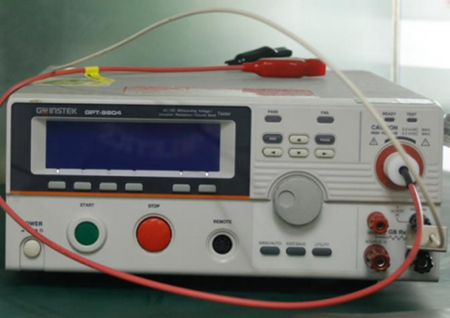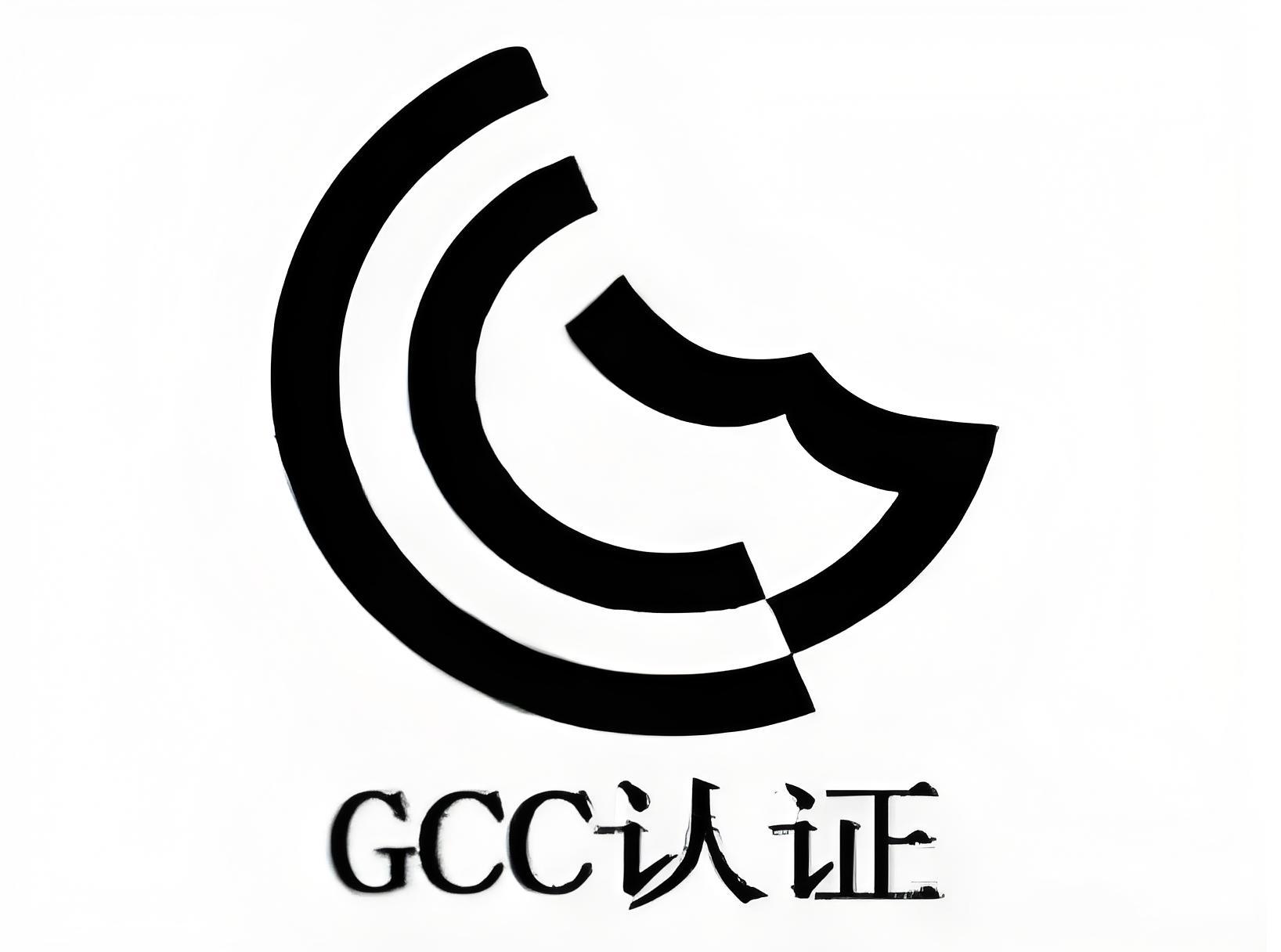
Project Introduction
The withstand voltage test is a test to determine whether the insulation material and space distance of the device meet the requirements by giving the device a voltage higher than its rated voltage and maintaining it for a certain period of time. Withstand voltage test is an important part of electrical safety standards, used to find local defects, moisture and aging of product insulation.
experiment method
Withstand voltage test is one of the main methods to check the ability of electrical appliances, electrical equipment, electrical devices, electrical circuits and electrical safety appliances to withstand overvoltage. There are two kinds of frequency-withstand voltage test and DC voltage test. The test voltage of the power frequency withstand voltage test is more than double to several times the rated voltage of the equipment under test, and is not less than 1000V. Pressurization time: 1 minute for equipment with ceramic and liquid as main insulation, 5 minutes for equipment with organic solid as main insulation, 3 minutes for voltage transformer, and 10 minutes for oil-immersed power cable. In the DC withstand voltage test, the value of the leakage current at different test voltages can be used to draw the leakage current-voltage characteristic curve.

The difference between withstand voltage test and insulation test
The withstand voltage test and the insulation impedance test are connected in the same way. The withstand voltage test or high voltage test (HIPOT test) is used to verify the quality and electrical safety characteristics of the product (such as GB, UL, IEC, TUV, etc.) Standard) a 100% production line test. This type of test is conducted by subjecting the input power line of electrical products to high voltage for a specified period of time, and the safety agency specifies the magnitude of high voltage for each product type. This test also stipulates that "arc breakdown (or collapse) is not allowed" during the application of high voltage.
Insulation resistance is mainly to measure the equivalent resistance value formed by the related networks connected between the two end points and their surroundings. Insulation resistance refers to the resistance between the two parts of the conductor separated by insulating material, called insulation resistance In order to ensure the safety of the operation of electrical equipment, a minimum requirement is placed on the insulation resistance between conductors of different polarities (different phases) or between the conductor and the housing.


The COC certification in Africa is mainly a mandatory certification for exports to the African market. Simply put, if your product wants to enter the African market, COC certification is an essential \"passport\".

GCC certification is a mandatory certification system jointly developed and implemented by the member states of the Gulf Cooperation Council (GCC). GCC member countries include Saudi Arabia, Kuwait, United Arab Emirates, Qatar, Oman, Bahrain, and Yemen.

The five types of SABER certification system cover various needs from unregulated products to high-risk products, helping companies choose the appropriate certification path based on product characteristics and market requirements.
The withstand voltage test is a test to determine whether the insulation material and space distance of the device meet the requirements by giving the device a voltage higher than its rated voltage and maintaining it for a certain period of time. Withstand voltage test is an important part of electrical safety standards, used to find local defects, moisture and aging of product insulation.
Get a quote